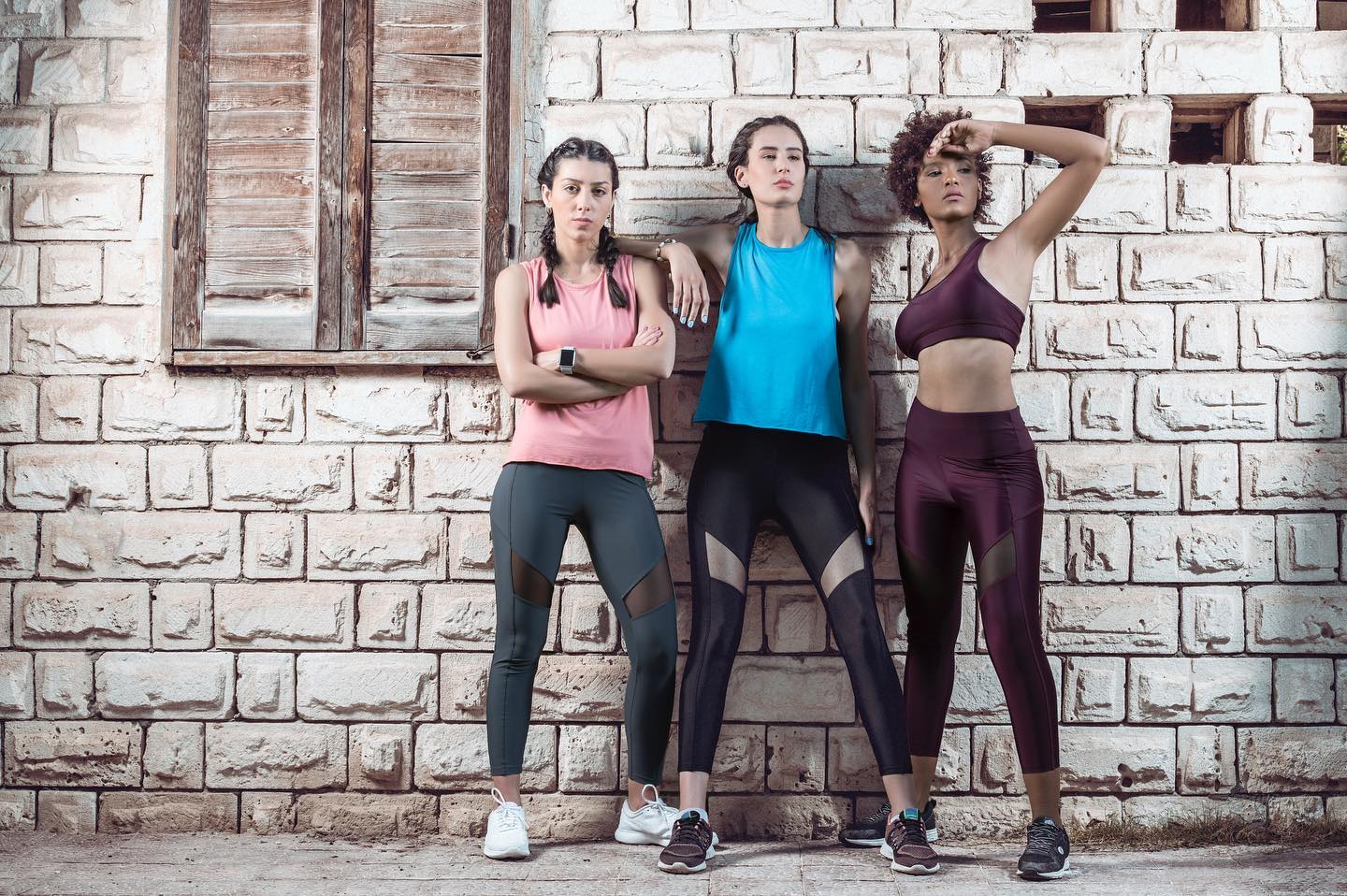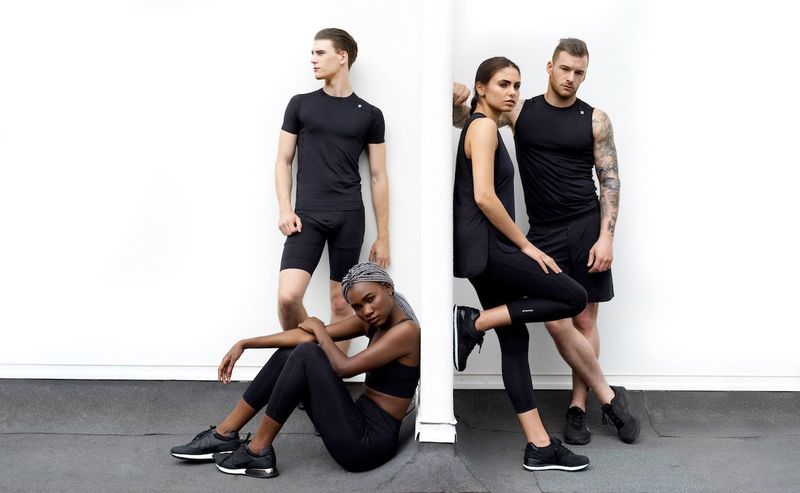Smart fabrics have revolutionized the world of sportswear by integrating advanced technologies to enhance performance, comfort, and functionality. These innovative textiles are designed to go beyond traditional fabrics, offering athletes and fitness enthusiasts a range of benefits. Here are some key technologies behind high-performance sportswear:
1. **Moisture-Wicking Fabrics:**
– **Technology:** Hydrophobic materials and moisture-wicking treatments.
– **Functionality:** These fabrics draw sweat away from the body to the outer surface of the fabric, where it can evaporate quickly. This helps in keeping athletes dry and comfortable during intense physical activities.
2. **Temperature Regulation:**
– **Technology:** Phase Change Materials (PCMs), microcapsules.
– **Functionality:** Certain fabrics are embedded with PCMs or microcapsules that absorb, store, and release heat in response to temperature changes. This helps regulate body temperature, keeping athletes cool when it’s hot and warm when it’s cold.
3. **Compression Technology:**
– **Technology:** Elastic materials, compression zones.
– **Functionality:** Compression garments provide targeted support to muscles, reduce muscle oscillation, and enhance blood circulation. This can result in improved performance, reduced muscle fatigue, and faster recovery.
4. **Biometric Monitoring:**
– **Technology:** Conductive yarns, sensors.
– **Functionality:** Smart fabrics can include sensors woven into the fabric to monitor biometric data such as heart rate, body temperature, and muscle activity. This information can be transmitted to external devices for real-time performance tracking and analysis.
5. **Anti-Odor Technology:**
– **Technology:** Antimicrobial treatments.
– **Functionality:** Fabrics are treated with antimicrobial agents to prevent the growth of odor-causing bacteria. This helps keep sportswear fresh even during prolonged use.
6. **Flexible Electronics:**
– **Technology:** Flexible circuits, conductive threads.
– **Functionality:** Some sportswear incorporates flexible electronics, such as integrated LED lights or sensors. This can serve both aesthetic and functional purposes, like improving visibility during low-light conditions.
7. **UV Protection:**
– **Technology:** UV-absorbing treatments.
– **Functionality:** Fabrics are treated to block or absorb harmful UV rays, providing added protection against the sun. This is particularly important for outdoor activities.
8. **Nanotechnology:**
– **Technology:** Nanofibers, nanocoatings.
– **Functionality:** Nanotechnology is used to create ultra-thin fibers or coatings that enhance the durability, water resistance, and breathability of sportswear while maintaining a lightweight and flexible feel.
9. **3D Printing:**
– **Technology:** 3D-printed textiles.
– **Functionality:** 3D printing allows for the creation of intricate patterns and structures within the fabric, optimizing ventilation, flexibility, and support in specific areas.
10. **Energy Harvesting:**
– **Technology:** Piezoelectric materials, kinetic energy conversion.
– **Functionality:** Some smart fabrics can harvest energy from the wearer’s movements, converting it into electrical energy that can be used to power small devices or sensors.
By integrating these technologies, smart fabrics contribute to the development of high-performance sportswear that not only meets the functional needs of athletes but also enhances their overall experience and well-being. As technology continues to advance, we can expect even more innovative features and improvements in the realm of smart textiles for sportswear.



